By Priya Bhattacharji
“Matching colour” is a phrase that swarms our daily lives.
The right shade of wall paint, the apt filter for night-outs, the fashionably (in)congruent pair of sneakers, a blaring ideological symbol – in all spheres of life, the elusive communion with an appropriate colour to highlight our identities is no easy pursuit.
In my sparse social network of indie filmmakers, I often find effusive gratitude and respect directed towards one name: Sid Meer
From Cannes to Oscar entries (Lunchbox, Newton, Bulbul can sing – to name a few), from award-winning shorts and documentaries to slick blockbusters, his work desk appears to a busy polishing center for diverse voices. Hearsay has it that Sid and his company, BridgePostworks, infuse in the works of independent filmmakers transcendental textures, styles, and character that lend an other-worldly charm.
Armed with a set of propulsive questions, I set out to understand the distinctive and invaluable role Sid Meer and his company plays.
You’ve oscillated between a colourist – digital archivist – digital imaging technician – visual effects coordinator. What do these roles entail? What made you gravitate towards them?
I have a formal education in cinematography and that’s where it started from, picking up a camera and trying to make a good-looking picture.
At first, I shot stuff for friends. This was the time when we had access to only standard definition professional camcorders and low to no budgets.
“Right Here, Right Now” (2003) was one example of a short, shot using one such camera, on a shoe-string budget. Over time I got interested in the way the images were being rendered on a screen and spent more time learning about the post-production process. The tools I had access to at the time were VFX compositing programs, and they had colour correction tools that could be used to alter images and bring them closer to what I had in mind and also hide flaws and low budget production.
At some point, I decided to go to LA to do a summer program in cinematography & VFX. I came back and applied for a job at a VFX company in Bangkok as a VFX coordinator. It would go on to be a great decision as I got to learn a lot about process, workflow & making great images from my mentors there who had a lot of experience working in Hollywood. My roles included managing the local VFX artists who worked in-house, their schedules & the shots they worked on, the schedules and delivery of the shots that were outsourced from our base to other facilities over the world. I also got to make trips to those facilities and spend time with the artists and supervisors there and learn about different working cultures. That stint was a great education.
I came back to India and started doing more VFX work in Mumbai as I found that challenging, and I felt there was room to do stuff that no one was attempting. Years later, a chance encounter got me an interview with the producers on Dibakar Banerjee’s Shanghai who were looking for a post-production supervisor. I got the part and started budgeting and designing a workflow for what would be their first film on a newly released digital cinema camera, the ARRI Alexa. Since I knew no Digital Imaging Technician to call upon, I took it upon myself to learn everything about the camera, the recording mechanism, the data handling & dailies processing and final delivery to the post house. Thanks to the producers, Priya & Wasim, and the DP Nikos’ enthusiasm, we ended up setting up a complete dailies lab in a hotel room in Latur and Baramati with a Davinci Resolve system, a grading panel and a calibrated monitor back in 2011. Over time I expanded on that setup and added LTO tape drives for archiving data for long-term storage; that’s where the archivist role came about. The first time I did a live grade on set was another Dibakar film, Detective Byomkesh Bakshy, in 2014. It always helped that everyone I ended up working for was as enthusiastic about achieving stellar image quality from new digital cinema cameras. The role of a DIT is constantly evolving as camera technology and post-production processes advance, but the core responsibilities are to ensure image quality control on the set, on-set colour correction and managing a production’s workflow. The first time I had the opportunity to do final colour grading on a film was Ship of Theseus, a wholly indie & collaborative project. I had the trust of Anand and Pankaj as I had worked with them previously on shorts. By then I had studied colour management and knew how to calibrate a professional monitor so our graded images would look accurate once it was projected in a cinema. Since then it’s been a fun ride working on every kind of project under the sun, from indies to big-budget action films, either playing the role of a workflow designer, DIT or a colourist.
You mentioned Right here, Right Now – a short film made by Anand Gandhi in 2003 with you as the cinematographer. How significant was the role of colour back then?
Anand and I were roommates at FTII where we were enrolled in the Film Appreciation course in 2001. A phone call a year later announcing his intention to make this short brought us together again under the same roof. It was an audacious idea at that time to try filming each thread with a single take. It required many rehearsals and tight planning, with no budget in place. When I look back, it would have been great to have proper camera rigs and a better camera, but this film was solely supported by friends & family. I’m glad we finished it and sent it out to festivals. One of the ideas we discussed was the importance of the colour red, the relationship of each character & their interaction with others, and how each interaction should be framed. It was meant to look natural. This film was shot over multiple single takes but it was put together in the edit by re-timing and syncing with the brilliant music of Sachin Sanghvi (fun fact: Amit Trivedi provides vocals on the tracks). All colour correction was done on the edit system, a DPS Velocity, as we didn’t have access to colour grading systems in 2002.
Has the role of short film changed since then?
For us, the goal was to showcase our talents. The film traveled to Tribeca and that helped the artists get recognition. There are many more festivals now than there were then that showcase short films. Some are very prestigious. I don’t think anyone makes a short to get their money back. It’s always been about showcasing talent and fishing for the bigger project or feature. And that’s why you can be audacious with a short.
What prompted you to establish Bridge Postworks? What need gap did you feel the company would address? Tell us a little about your company – the work-culture, the kind of people that get to work with you.
The shift to digital cinema projectors and digital cinema cameras brought about a change in the way we work as an industry. There was this untouched place for a professional company to help cinematographers, editors and other post professionals make that transition smooth and painless using the most efficient workflow and technology. We started out with the aim to be the go-to company for independent filmmakers.
We ended up catering to a much wider group of filmmakers who like what we do and the way we do it. We are a small group of 5 who do everything from on-set data management to final mastering of DCPs and everything in between.
I would say the culture of the place is a reflection of who we are as people: experts of the image, ambitious, friendly and willing to guide filmmakers the right way when they come to us. A common factor for our crew is love for cinema and leaving behind a legacy that one can be proud of. We are happy we get to collaborate with filmmakers from all over the country. It’s a joy to see the journey of these films that gain recognition not only in their respective states and at a national level but at leading international film festivals.
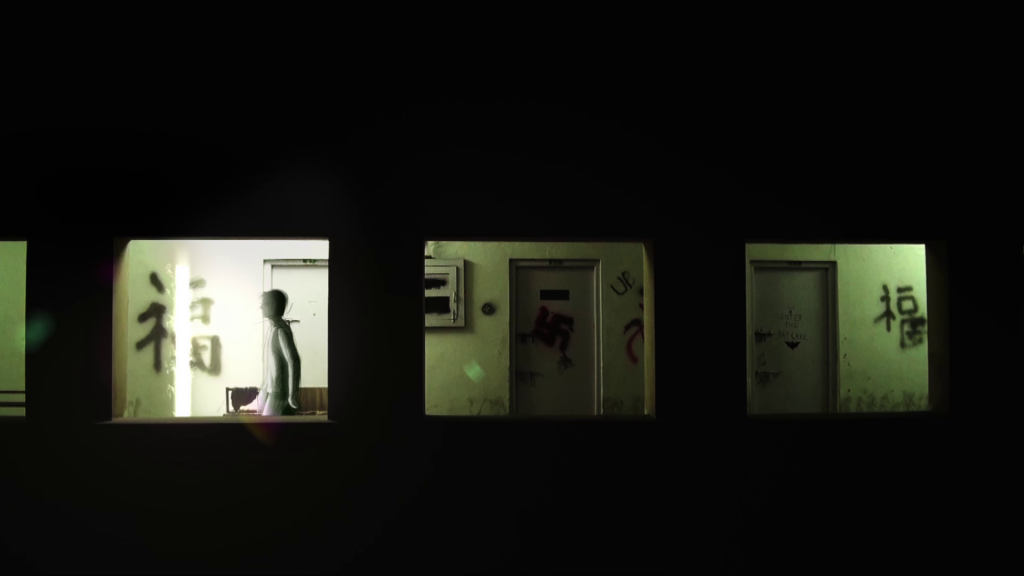
There has been this long-standing charge against Indian independent filmmakers to exoticize third-worldness for the Western Eye. The tonality of colours associated with Indian independent/parallel cinema has been dull, grim, dark. How do you think things have changed?
I think of that as a generalization as I feel the colour palette and look should be dictated by the story. A film like Satya dictates a particular look. Also, you can’t take Bollywood as a baseline.
Most “Bollywood” films are taking place in a heightened reality, expecting a greater suspension of disbelief and allowing an artist more extreme looks and colours. The stories of most independent films dictate choosing real locations over perfectly art directed studios and sets. That difference will always be there. I’d say the only filmmakers who exoticize third-worldness are the ones who don’t live in the third world.
I see you often get a special shout-out from many filmmakers. Clearly, you play a vital role – what exactly is that do you do to earn their gratitude? Share some of your memorable collaborations.
We are happy when they are happy and it feels nice to get a shout out when you have made someone’s day. We try and get involved very early on for pretty much every project, no matter the size.
Our expertise and experience can help a production save a ton of money by choosing the right workflow for their needs. It’s best to get a call when they are still working on the budget and not when it’s locked because we help save money in our department that can be used elsewhere on the film to increase production value. When colour grading a film, you get to further enhance the story and put that final 25% polish on the 75% of the work done by production design, costume, makeup and cinematography.
I enjoy collaborating with first-time filmmakers as mostly they come in with a fresh perspective. There have been numerous fruitful collaborations: Placebo comes to mind, as I learnt to use completely new software and tools to help with noise reduction and adding dirt and grain to the documentary, and animation footage lending it a unique look. Cat Sticks is another film where we built a structure function using existing tools, which didn’t exist in our software package, to emulate what director Ronny Sen uses in his photography work. Shreya Dev Dube’s cinematography is stunning, and the film looks different from anything I have done before. I do hope it gets to a wider audience soon.
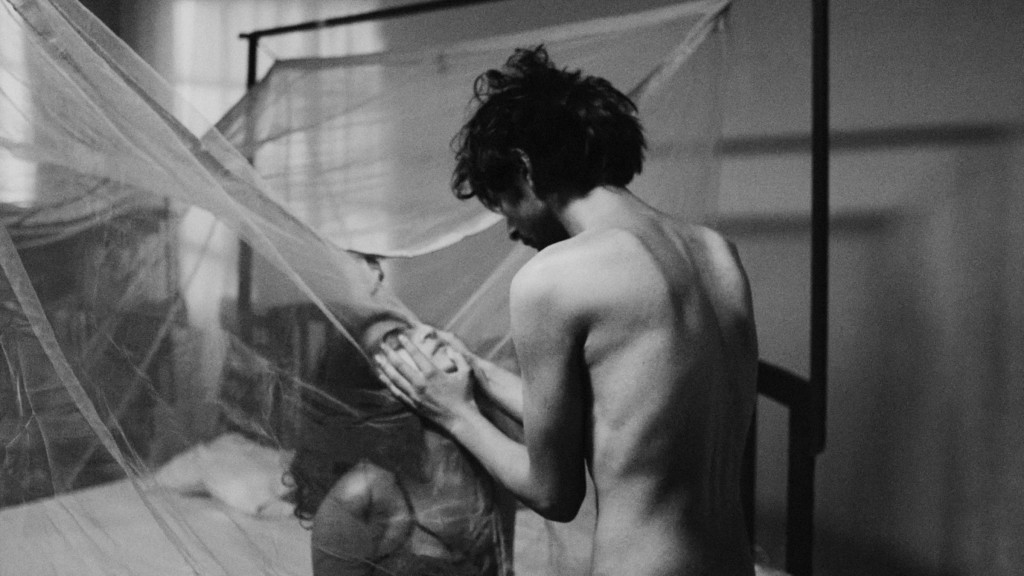
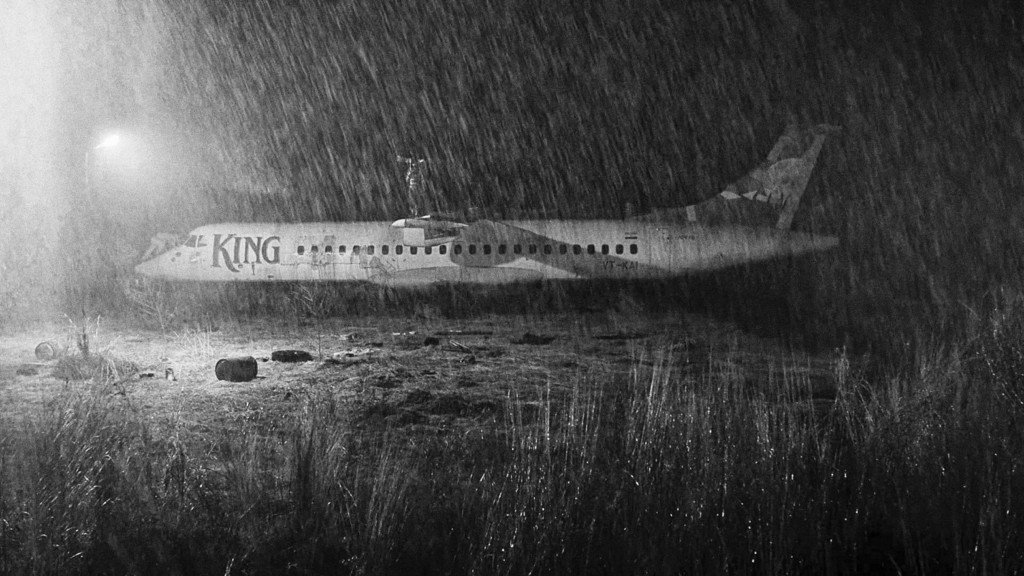
Cat Sticks
You have engaged with a wide spectrum of Indie. It ranges from shorts to documentaries to independent features and most recently, a TV series for a leading streaming site. Independent usually implies cash strapped – how does the budget of film influence the quality of colouring?
Usually, but not always. I would consider Newton to be indie because of the spirit in which it is made, but they did use very good camera gear to shoot it. If there is a budget for a good camera and lenses, the result will always look good. Having said that, keeping aside a decent budget to colour grade & finish is very important not only for its looks but also for making a good quality archival master.
We use a colour-managed workflow so that if the filmmaker needs to monetize the film in a different format or colour space in the future, creating those new deliverables is very easy. We ensure to archive their final masters and archival master to LTO tape for this reason. This could be a short, documentary or a fiction feature. It doesn’t add a lot to the cost and delivers returns later. We have a simple way of budgeting for our work based on time & deliverables and it is affordable for most independent filmmakers to work with us. Some of our clients are self-financed and are the Swiss army knives of production: Rima Das and Sandeep Mohan come to mind. They work with limited resources but never compromise on quality. We make sure we give them the best-looking result from the material they bring to us.
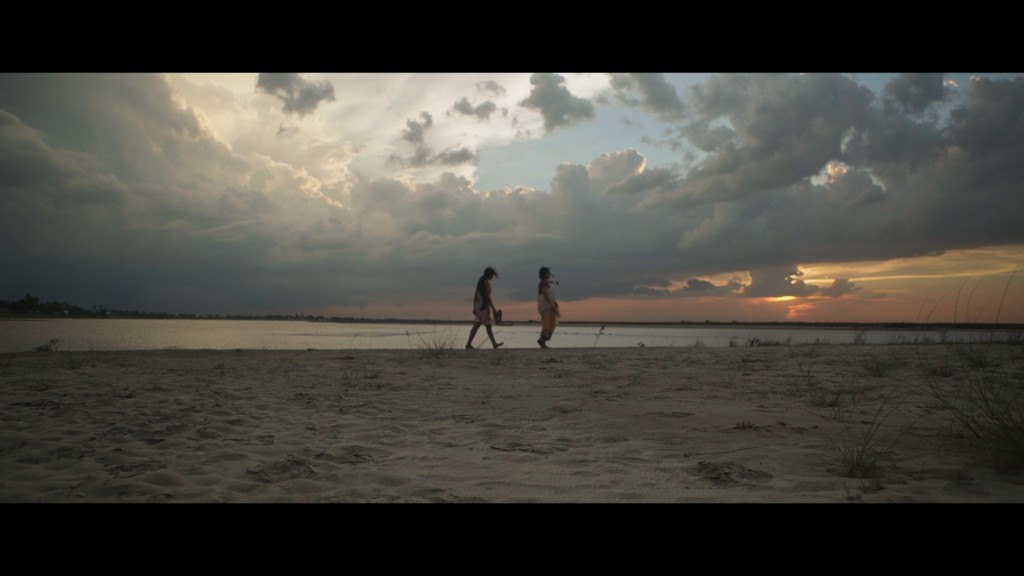
Bulbul Can Sing
Does the psychology of colour excite you?
I’m very interested in the psychology of colour and how it’s used in storytelling and in films. I think of myself as an intuitive colourist and invariably end up making choices while working that add to the emotion of a scene or a character, thus heightening the viewing experience. The goal has always been to make colour decisions invisible. If you enjoy a film and don’t ever notice the colour grade then that is a success for me.
What about the current emotional climate of independent filmmaking in India?
The current emotional climate of independent films is that of hope as new avenues of distribution are opening up. The current theatrical distribution model does not benefit independent filmmakers. It’s too expensive to get the film to the cinema and even more expensive to get people to see it. Getting the film into people’s homes seems to be a new way forward and streaming services are providing that pathway. The trap that many bigger production companies fall into is the corporate-driven factory method of trying to repeat and re-repeat a successful film, which was a niche to begin with. Filmmaking is art at the end of the day. The successful storytellers will always stand tall above those who have no original thought and simply repeat something that has already been done.
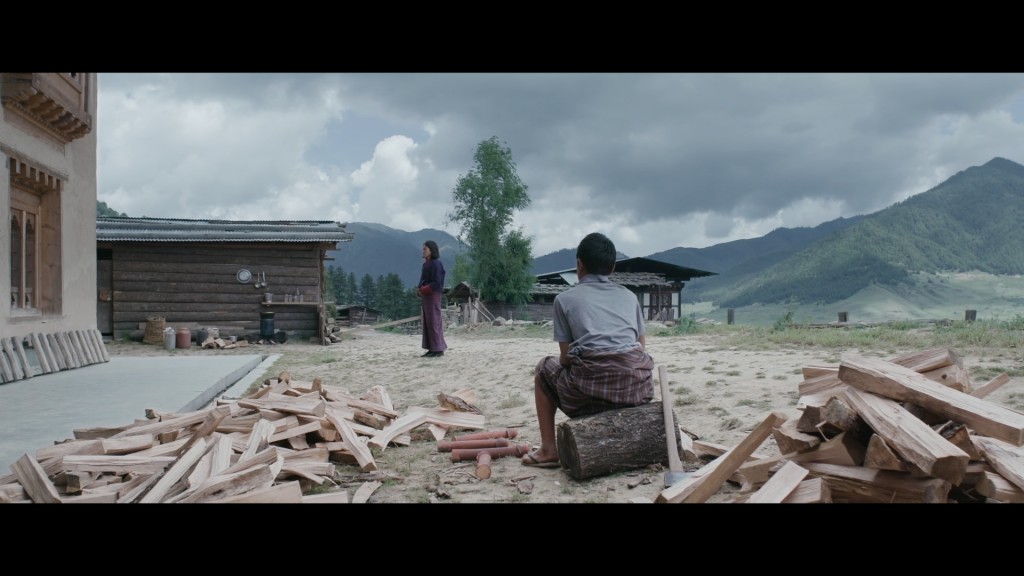
The Red Phallus
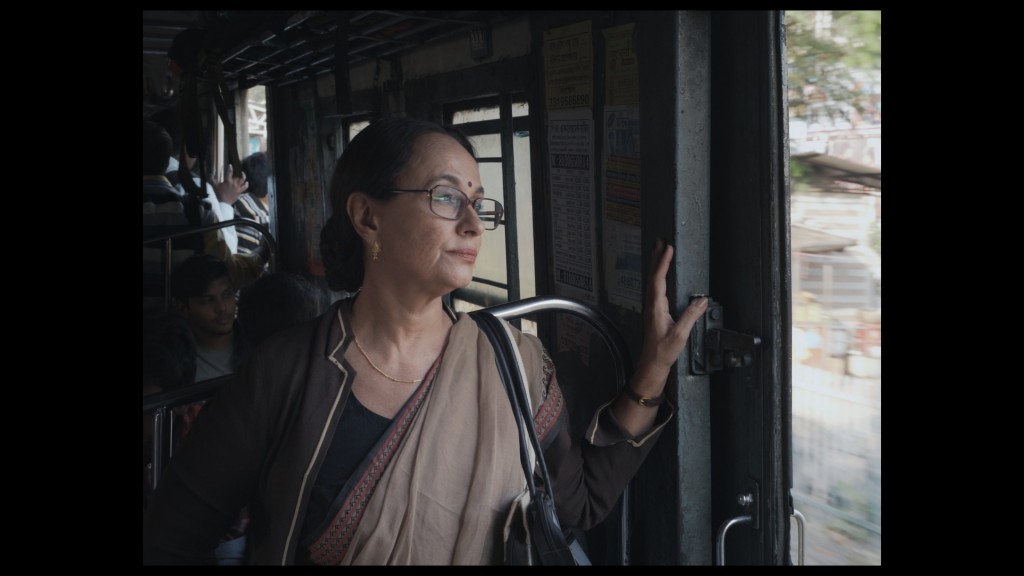
Yours Truly
Does that make the job of a colourist more relevant?
This industry needs a lot more colourists who have not just a good eye and aesthetic but deep technical knowledge of colour management. We need to future-proof our films that we are creating right now as they hold significant importance. As display technologies advance there is a need to archive and re-release the important and successful films for research or re-monetisation. I also see it as a role that’s expanding. It’s moving from simply colour grading to doing VFX on the same system.
If anyone is looking to get into it now, possessing a hybrid skill-set will be invaluable. My team and I are constantly studying and upgrading our knowledge and skills to be ready for new challenges and delivering new formats for emerging display technologies.
What lies ahead for you and Post Bridgeworks?
We are looking to move to a slightly larger space to accommodate more projects. There are a lot of filmmakers out there right now looking for artists like us and we want to be able to work with them. We are also expanding on our technical capabilities by adding the latest in HDR (high dynamic range) displays to work on and deliver new HDR10 and Dolby Vision formats being requested by streaming services. Cinemas still need to catch up with HDR, but once they do we will be there and ready.

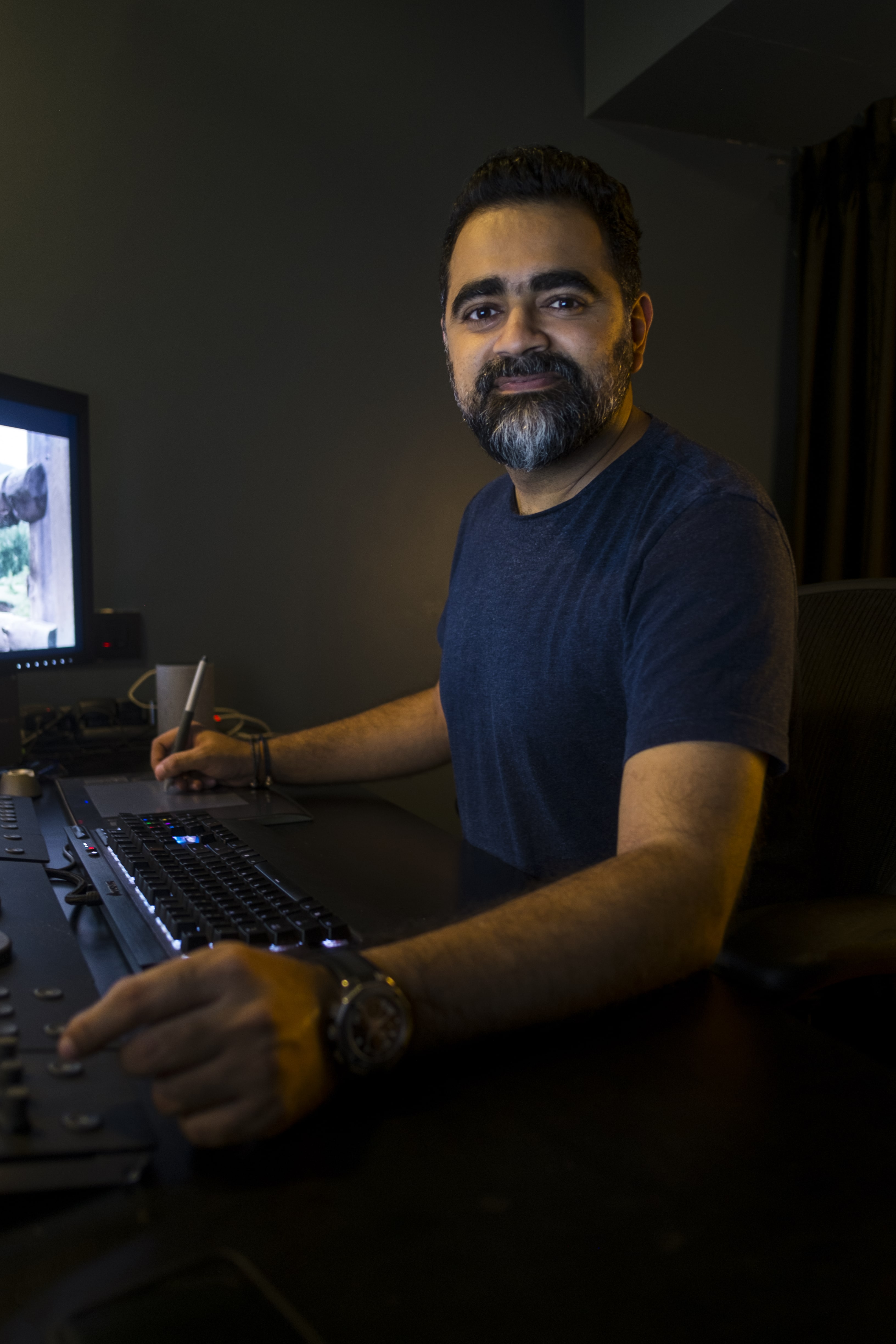
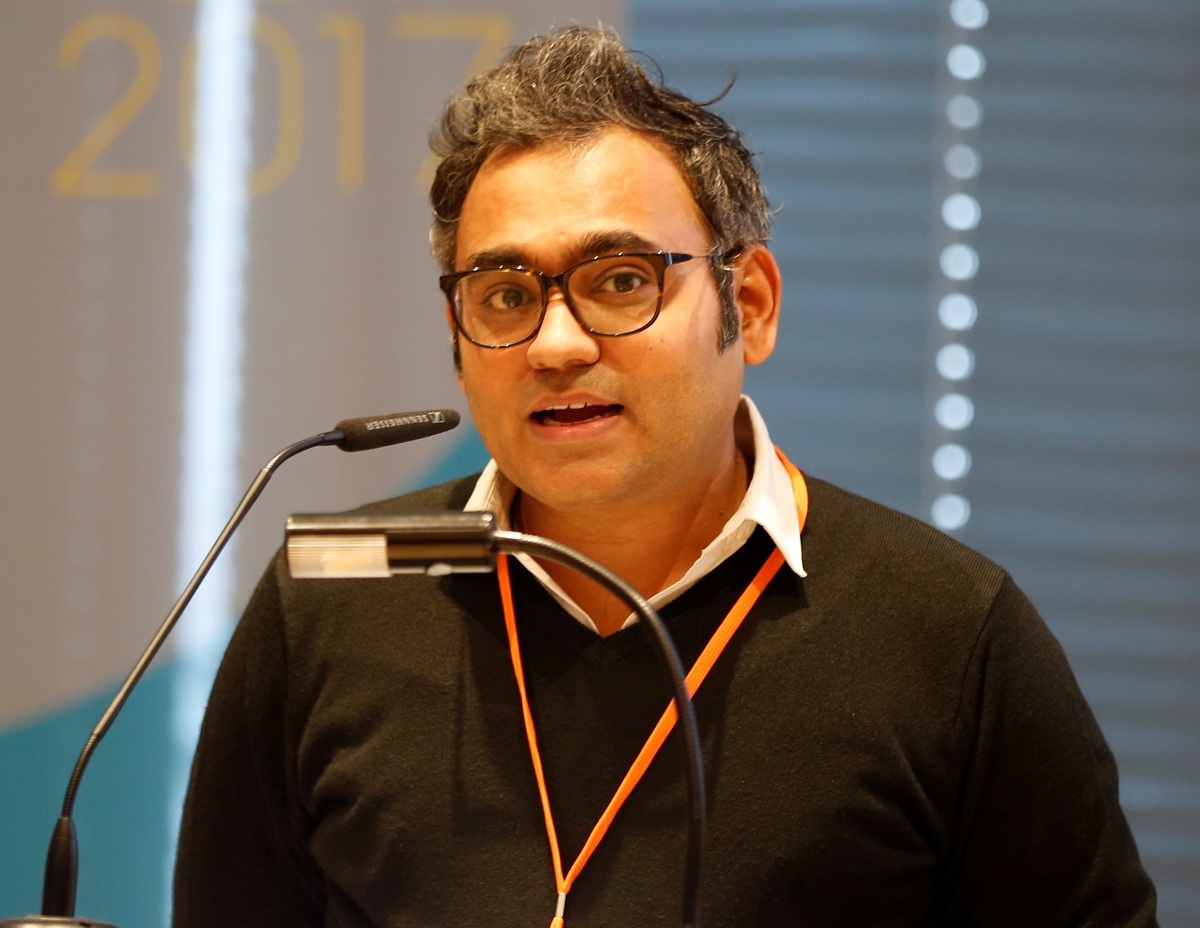
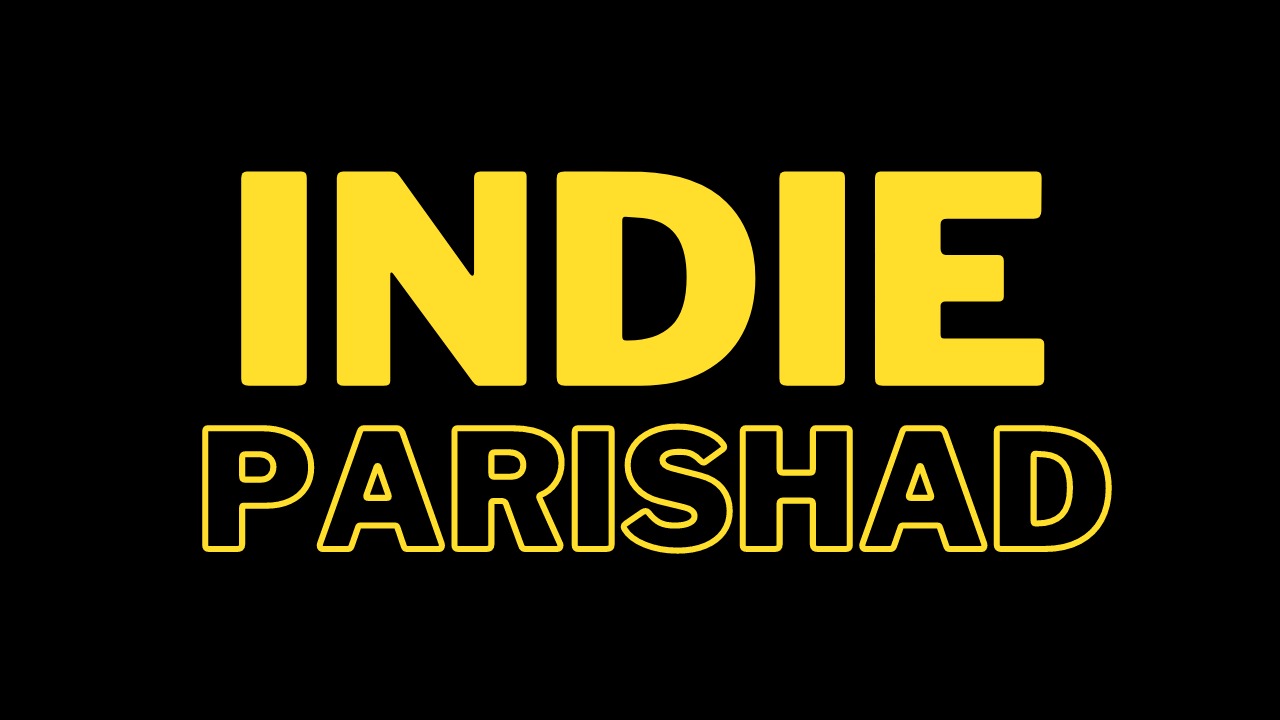
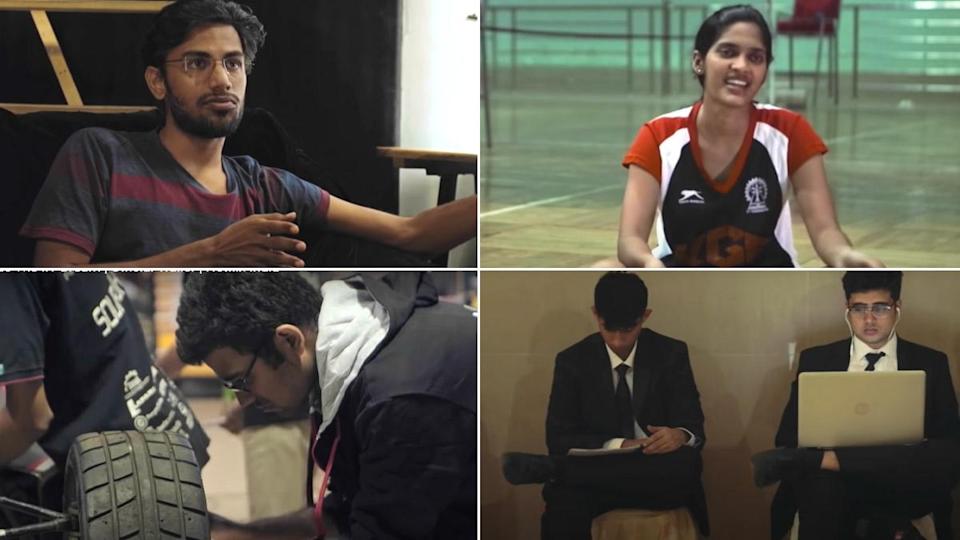




Leave A Comment
You must be logged in to post a comment.